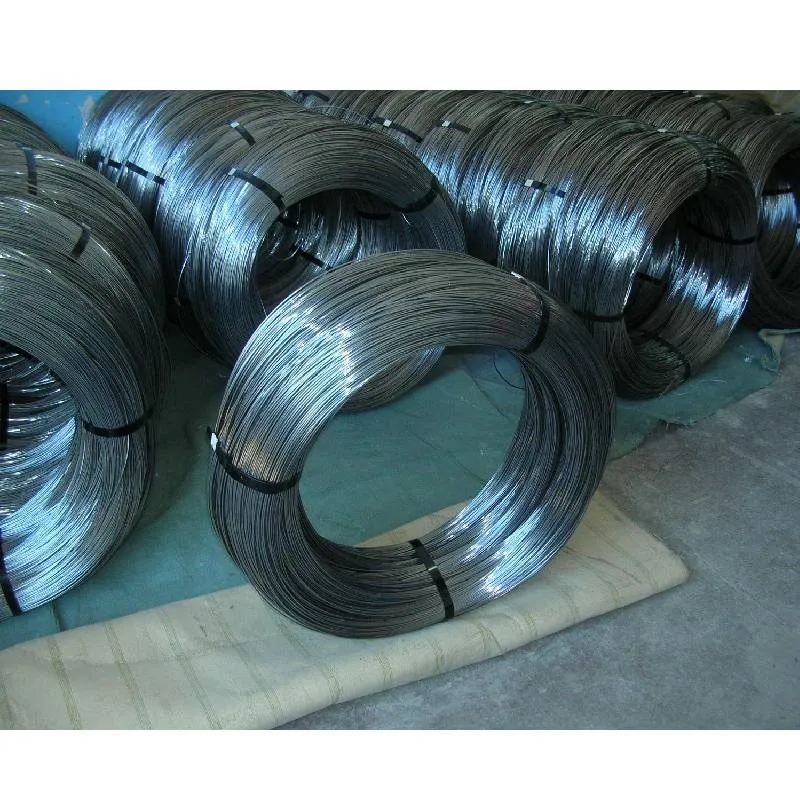
- Mobile Phone
- +8613931874955
- sales@cntcmetal.com
Understanding the Functionality and Applications of Torsion Coil Springs in Mechanical Systems
Understanding Torsion Coil Springs Design, Function, and Applications
Torsion coil springs play a pivotal role in numerous mechanical systems, providing essential functions in energy storage, shock absorption, and torque generation. These specialized springs are designed to resist torsional (twisting) forces, making them an integral component in various applications ranging from automotive to consumer goods.
Design and Construction
A torsion coil spring is typically made of high-carbon steel or other alloy materials, which are capable of withstanding mechanical stress. The spring is characterized by a coiled structure, featuring coils that provide the necessary resistance to torsional loads. The design parameters of a torsion coil spring, including wire diameter, coil diameter, number of coils, and material, are carefully chosen to meet specific performance requirements.
The manufacturing process of these springs involves precisely winding the wire into a coil shape, ensuring that the coils are tightly packed to maximize energy storage while maintaining flexibility. After formation, the springs often undergo heat treatment processes, which enhance their strength and fatigue resistance, ultimately prolonging their lifespan.
Mechanism of Action
When a torsion coil spring is twisted, it stores potential energy in the coiled wire
. This energy is released when the force is removed, causing the spring to return to its original position. The amount of torque that a torsion spring can exert is determined by its design; particularly, the material properties, wire gauge, and the coil’s geometry all influence performance.The operational principle of torsion springs can be described using Hooke's Law, where the torque is directly proportional to the angle of twist. This relationship allows engineers to calculate the expected performance of the spring in various applications, ensuring adequate efficiency and safety.
torsion coil spring

Applications
Torsion coil springs are versatile and have found their place in an array of applications
1. Automotive Industry These springs are commonly used in vehicles. They function in systems such as door hinges, where they help maintain the closure of car doors. Additionally, they are integral to various suspension systems, providing stability and comfort.
2. Consumer Electronics In devices such as remote controls and mechanical timers, torsion coils are utilized to return buttons to their default positions. Their compact size and efficiency make them suitable for modern electronics design.
3. Furniture Design Torsion springs are often employed in folding furniture, providing the mechanical advantage needed to facilitate movement. They allow for smooth, effortless transitions between configurations, enhancing user experience.
4. Industrial Machinery In machines where rotating components are frequent, torsion springs can maintain tension in belts and provide counterbalance to moving parts, which improves operational efficiency and safety.
Conclusion
In conclusion, torsion coil springs are essential mechanical components that play a crucial role in a multitude of applications. Their ability to store and release energy effectively makes them invaluable across industries. As technology advances, the design and materials used in these springs continue to evolve, promising improved performance and expanded applications. Understanding the mechanics and uses of torsion coil springs provides insights into their significance in modern engineering and manufacturing, highlighting their role in a diverse range of products and systems.
share:
-
Your Source for Concrete Wall Ties and Masonry AccessoriesNewsJul.10,2025
-
Unlocking the Power of Iron Wire for Every ProjectNewsJul.10,2025
-
Explore Advanced Chain Wire and Stainless Steel Mesh FencingNewsJul.10,2025
-
Discover the Benefits of Annealed Wire ProductsNewsJul.10,2025
-
Discover China Stainless Steel Wire Mesh SolutionsNewsJul.10,2025
-
Build with Confidence Using High-Performance Masonry AccessoriesNewsJul.10,2025
-
Why Sacrificial Formwork Is Redefining Underground ConstructionNewsJun.06,2025



















